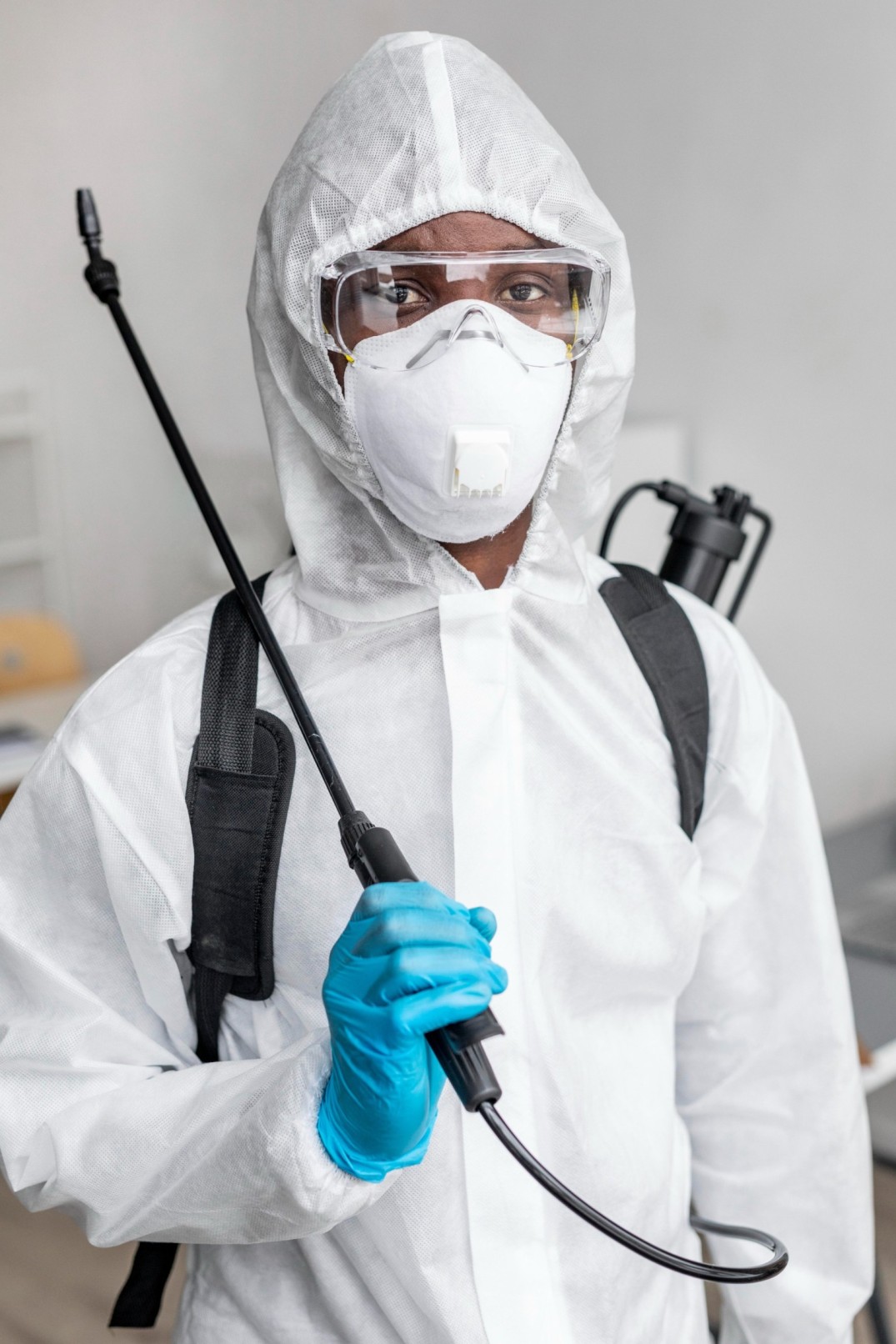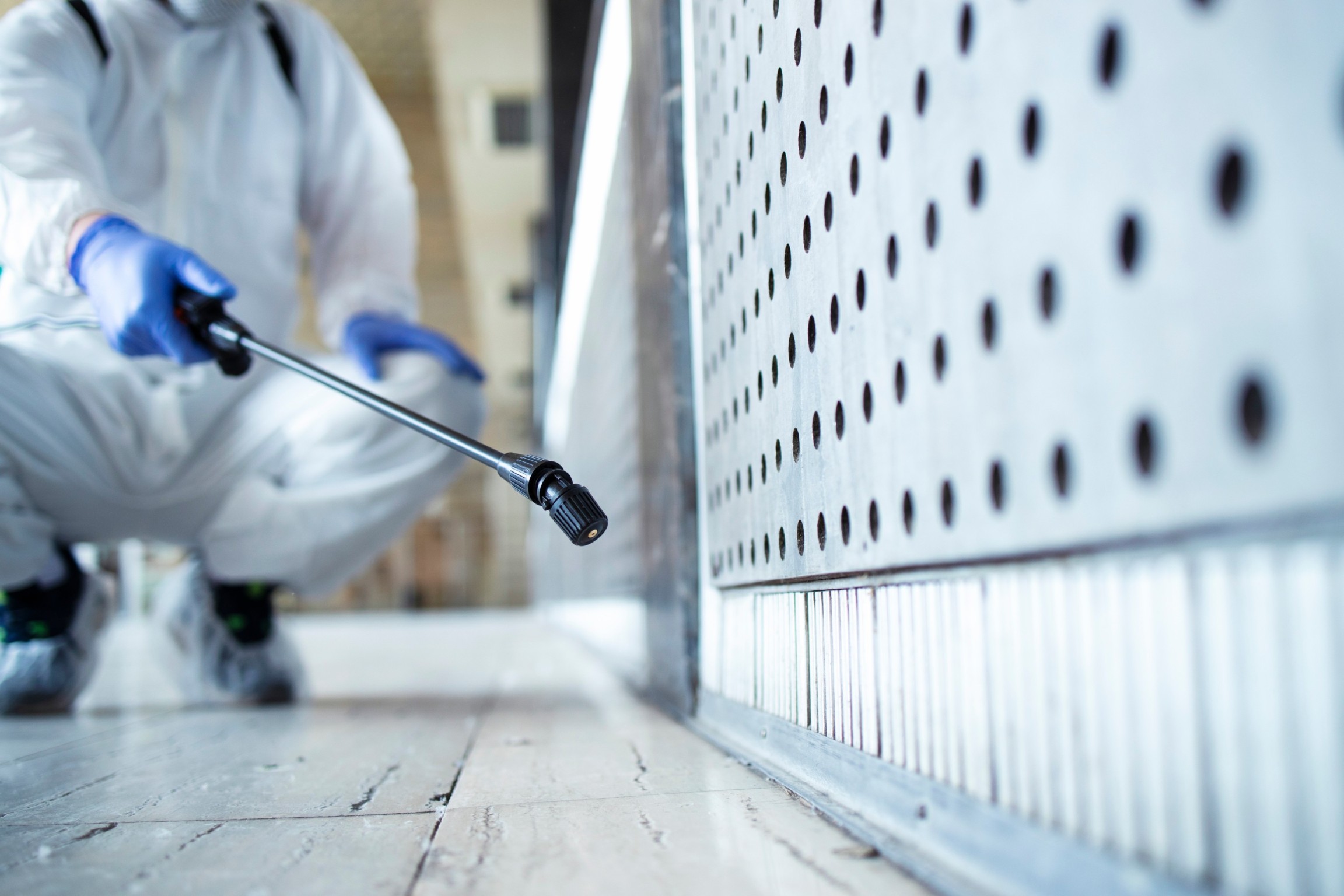Pest control stands as a linchpin in the pursuit of maintaining a harmonious and healthy living environment. Beyond the obvious annoyance of pests, the significance of effective pest management extends to safeguarding our well-being, protecting property, and preserving the delicate balance of our ecosystem. In this intricate tapestry, pests like rodents and insects can weave chaos, spreading diseases, causing structural damage, and disrupting the daily fabric of our lives. It’s not merely about extermination but a proactive stance against potential threats. Understanding the effectiveness of pest control requires a multifaceted approach, ranging from the expertise of professional services to the empowering realm of do-it-yourself techniques.
The intricate dance between various strategies, including integrated pest management (IPM) and sustainable practices, unveils a comprehensive guide to not only eliminate pests but also to foster a sustainable and eco-friendly coexistence. By navigating the nuances of this crucial topic, we not only protect our homes but also contribute to the well-being of the larger community and the planet. The effectiveness of pest control is not just a matter of practicality; it’s a commitment to creating spaces where health, harmony, and sustainability thrive.
Benefits of Professional Pest Control

Professional pest control services offer a multitude of benefits that extend beyond the immediate elimination of pests. One of the primary advantages is the expertise that trained professionals bring to the table. Pest control experts possess in-depth knowledge of different types of pests, their habits, and the most effective methods for eradication. This specialized knowledge allows them to not only address the current infestation but also to implement preventive measures, reducing the likelihood of future invasions. Moreover, professional services often use advanced technology and environmentally friendly products, ensuring the safety of both residents and the ecosystem.
Additionally, the efficiency of professional pest control cannot be overstated. These experts are equipped with the tools and resources needed to identify the root cause of the infestation swiftly and implement targeted solutions. This efficiency not only saves time but can also prevent further damage to property and mitigate health risks associated with certain pests.
Furthermore, opting for professional pest control provides a layer of assurance. Most reputable pest control services offer guarantees for their work, providing peace of mind to homeowners. Knowing that the pest issue is being handled by experts allows residents to focus on their daily lives without the stress and inconvenience that pests can bring.
In the long run, investing in professional pest control can save homeowners money. Timely intervention by experts prevents the escalation of pest problems, averting potentially costly damage to structures and belongings. It’s not just about getting rid of pests in the moment; it’s about creating a pest-free environment that promotes the well-being of both property and residents. Overall, the benefits of professional pest control extend far beyond the immediate relief from infestations, contributing to a healthier, safer, and more comfortable living space.
Natural Methods for Pest Prevention
Natural methods for pest prevention offer a sustainable and eco-friendly approach to safeguarding your home from unwanted intruders. Instead of relying on chemical-laden solutions, these methods leverage the power of nature to create a pest-resistant environment. One effective strategy is to focus on the principles of companion planting, where certain plants are strategically placed to repel pests naturally. For instance, marigolds emit a scent that deters nematodes, protecting nearby plants. Additionally, incorporating herbs like basil, mint, or rosemary into your garden not only enhances your culinary endeavors but also acts as a natural deterrent for insects.
Another key aspect of natural pest prevention involves maintaining a clean and clutter-free living space. Pests thrive in areas with food residue and standing water, so regular cleaning and proper waste disposal become crucial in disrupting their habitats. Furthermore, sealing entry points with natural barriers like diatomaceous earth or essential oils can create a protective shield against pests without harming the environment. Embracing these natural methods not only ensures a pest-free home but also promotes harmony with nature, fostering a healthier and more sustainable living environment for you and your family.
DIY Pest Control Techniques
DIY Pest Control Techniques empower homeowners to take control of their living spaces and ward off unwanted invaders without necessarily relying on professional services. These techniques encompass a range of approaches, from simple preventive measures to hands-on eradication methods. Start by sealing potential entry points, such as cracks and gaps in walls, windows, and doors, to create a formidable barrier against pests. Utilizing natural repellents, like essential oils or vinegar, not only keeps pests at bay but also avoids the use of harmful chemicals. Embrace the power of cleanliness by maintaining a clutter-free environment, eliminating potential hiding spots for pests.
DIY traps and baits can be crafted using everyday household items, providing an effective means of capturing and controlling pests. Additionally, understanding the lifecycle and habits of specific pests allows homeowners to implement targeted strategies, disrupting their breeding cycles and preventing infestations. The beauty of DIY pest control lies in its accessibility and cost-effectiveness, making it a sustainable choice for maintaining a pest-free home environment. By incorporating these techniques into your routine, you not only protect your residence but also gain a sense of empowerment in managing your living space effectively.
Eco-Friendly Pest Management
Eco-Friendly Pest Management is an innovative and sustainable approach that goes beyond traditional methods of pest control. In a world increasingly conscious of environmental impact, this method aims to eradicate pests while minimizing harm to the ecosystem. Unlike chemical-based solutions that may pose risks to non-target species and the environment, eco-friendly pest management leverages natural, non-toxic alternatives. One key strategy involves the use of biological controls, such as introducing predator insects or parasites to target pest populations.
Additionally, botanical solutions derived from plants with pest-repelling properties offer a safe and effective means of keeping unwanted critters at bay. These methods not only address the immediate pest issue but also contribute to the overall health of the environment. By embracing eco-friendly practices, individuals can create a harmonious balance between pest control and ecological preservation, ensuring a safer and more sustainable future for both human habitats and the natural world.
Common Household Pests and Solutions
Common household pests can be persistent and disruptive, invading our living spaces and causing a myriad of problems. From the notorious ants marching across kitchen counters to stealthy rodents seeking refuge in dark corners, these unwelcome guests can jeopardize the comfort and safety of our homes. One prevalent pest is the common housefly, known for its ability to spread diseases. Implementing simple measures like proper waste disposal and maintaining cleanliness can significantly reduce their presence. Another frequent intruder, the cockroach, thrives in damp environments.
Sealing cracks, fixing leaks, and ensuring proper ventilation are crucial steps in preventing their infestation. Rodents, such as mice and rats, pose not only health risks but also structural damage. Effective solutions involve sealing entry points, employing traps, and keeping food tightly sealed. Additionally, the persistent challenge of dealing with spiders can be addressed by regular cleaning and removing their preferred hiding spots. Through this exploration of common household pests, our guide aims to equip you with targeted solutions, ensuring that your living space remains pest-free and comfortable.
Post Construction Anti Termite Treatment
Post-construction anti-termite treatment is a crucial step in ensuring the longevity and structural integrity of buildings. Once construction is complete, structures become susceptible to termite infestations, which can cause extensive damage over time. This treatment involves the application of specialized anti-termite solutions to create a protective barrier around the building, acting as a deterrent for termites seeking entry. This preventive measure is particularly essential in regions where termites pose a significant threat to wooden structures and can compromise the strength of foundations, beams, and other vital components.
The treatment not only safeguards the investment made in construction but also contributes to the safety of occupants by preventing potential hazards associated with termite-induced structural weaknesses. Post-construction anti-termite treatment is a proactive and cost-effective approach, providing long-term protection against these silent but destructive pests, ensuring that the building stands strong for years to come.
Benefits of Integrated Pest Management (IPM)
Integrated Pest Management (IPM) stands as a paradigm shift in pest control, emphasizing a comprehensive and sustainable approach to tackling the challenges posed by unwanted intruders. Unlike traditional methods that often rely on indiscriminate pesticide use, IPM integrates a multifaceted strategy that considers the ecosystem, economics, and public health. The benefits of IPM are far-reaching. By focusing on prevention through regular monitoring and employing a combination of biological, cultural, and mechanical controls, it minimizes the need for chemical interventions.
This not only reduces the environmental impact but also safeguards beneficial organisms, promoting ecological balance. Economically, IPM proves advantageous by cutting long-term costs associated with recurring infestations and excessive pesticide use. Additionally, by addressing the root causes of pest problems, IPM offers a sustainable, long-lasting solution. Its adaptability to various settings, from agricultural fields to urban landscapes, underscores its versatility. Ultimately, the true power of IPM lies in its ability to create a harmonious coexistence between humans and the environment, fostering a safer, healthier, and more balanced world.

Sustainable Pest Control Practices
Sustainable pest control practices represent a paradigm shift in the way we approach pest management, emphasizing harmony with the environment while effectively addressing infestations. These practices go beyond the immediate goal of eradicating pests, aiming for long-term solutions that minimize ecological impact. One key aspect involves the use of environmentally friendly products derived from natural sources, such as botanical extracts and essential oils, to deter pests without causing harm to beneficial organisms. Additionally, sustainable pest control promotes the integration of biological controls, leveraging the natural enemies of pests, like predators and parasites, to maintain a balanced ecosystem.
Conservation of biodiversity is another focal point, recognizing the interconnectedness of species within an environment. By implementing practices that support a diverse ecosystem, such as maintaining native plant species and creating habitats for beneficial insects, sustainable pest control not only manages current issues but also prevents future infestations. Beyond the immediate surroundings, these practices consider the broader impact on air and water quality, soil health, and overall ecosystem resilience. Embracing sustainability in pest control isn’t just about eliminating nuisances; it’s a holistic commitment to fostering a healthier planet for both current and future generations.


